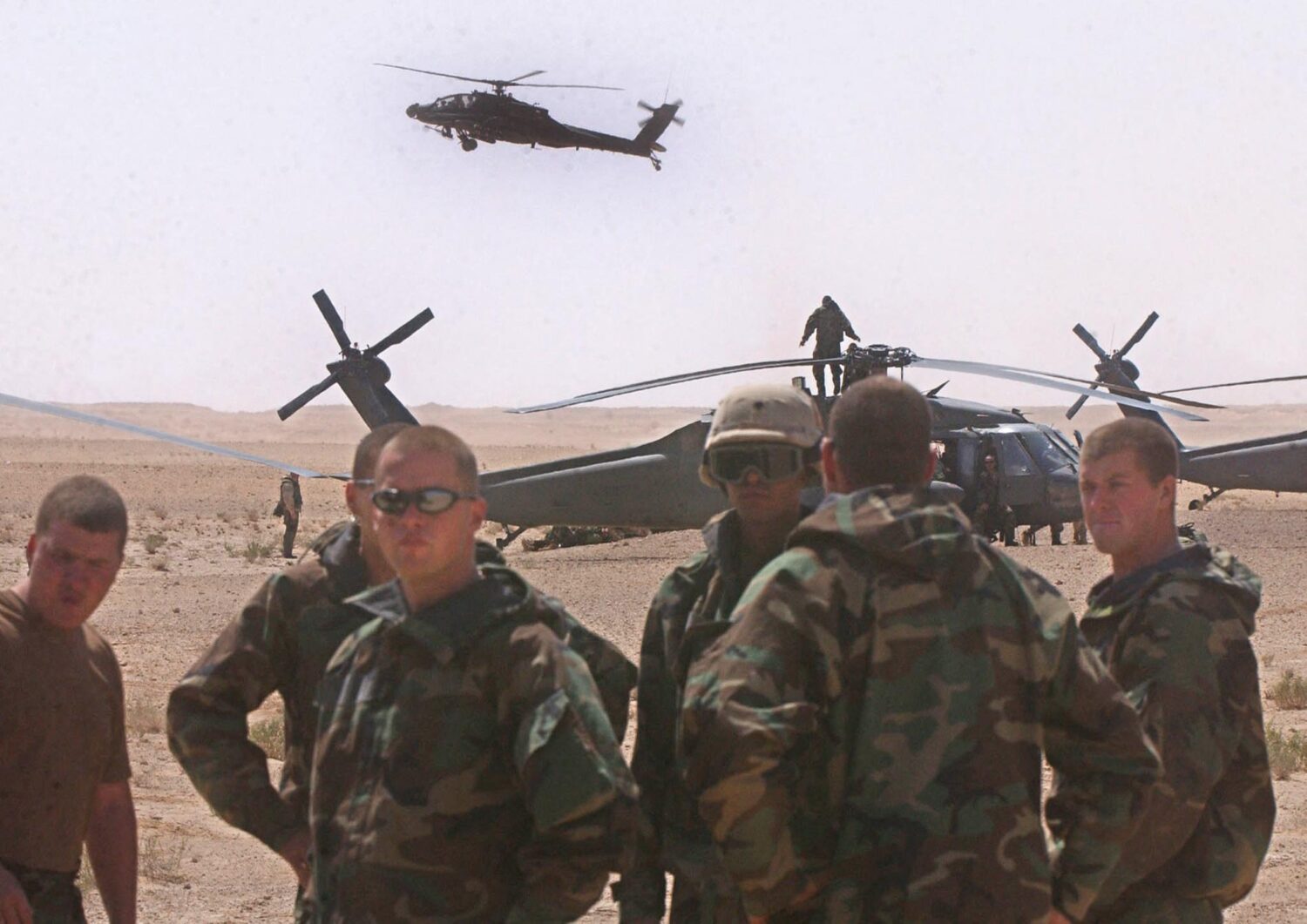
The Western Coalition Forces’ qualitative edge over Iraq’s military forces had only increased in March 2003 when, in the slipstream of 9/11, long-simmering American plans materialized to topple the regime of Saddam Hussein. The Iraqi Armed Forces had never recovered from the defeat they had suffered in the Kuwait crisis. Destroyed heavy equipment had not been replaced, the air force had fled to neighboring Iran, the training level was negligible and the resulting moral of the ranks was bad. Moreover, the means to retaliate, such as Scud missiles, had been destroyed by United Nations inspectors.
When the Coalition Forces assembled in Kuwait, the Gulf and in Jordan, the outcome was certain: the Iraqi forces would be overwhelmed. No credible organized defence was put up; the biggest enemy the Coalition Forces faced was the occasional sandstorm and logistical bottlenecks. The only noteworthy resistance put up by the Iraqi forces was an ambush with small-arms fire and Rocket Propelled Grenades (RPGs) against an airborne assault by American Apache attack helicopters. They succeeded in damaging two-thirds of a force of 37 Apaches. When American tanks reached Baghdad, the Iraqi army simply went home.

